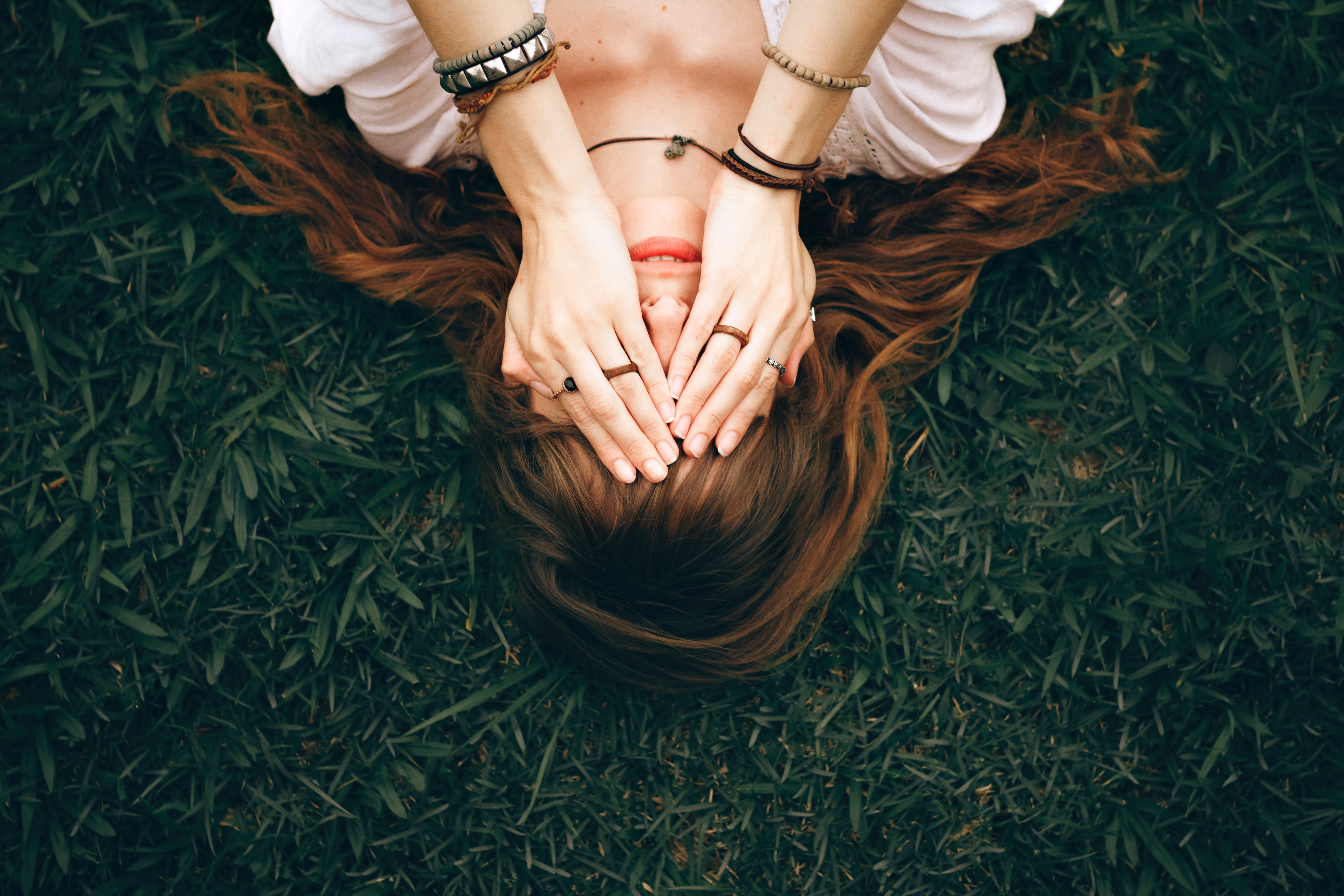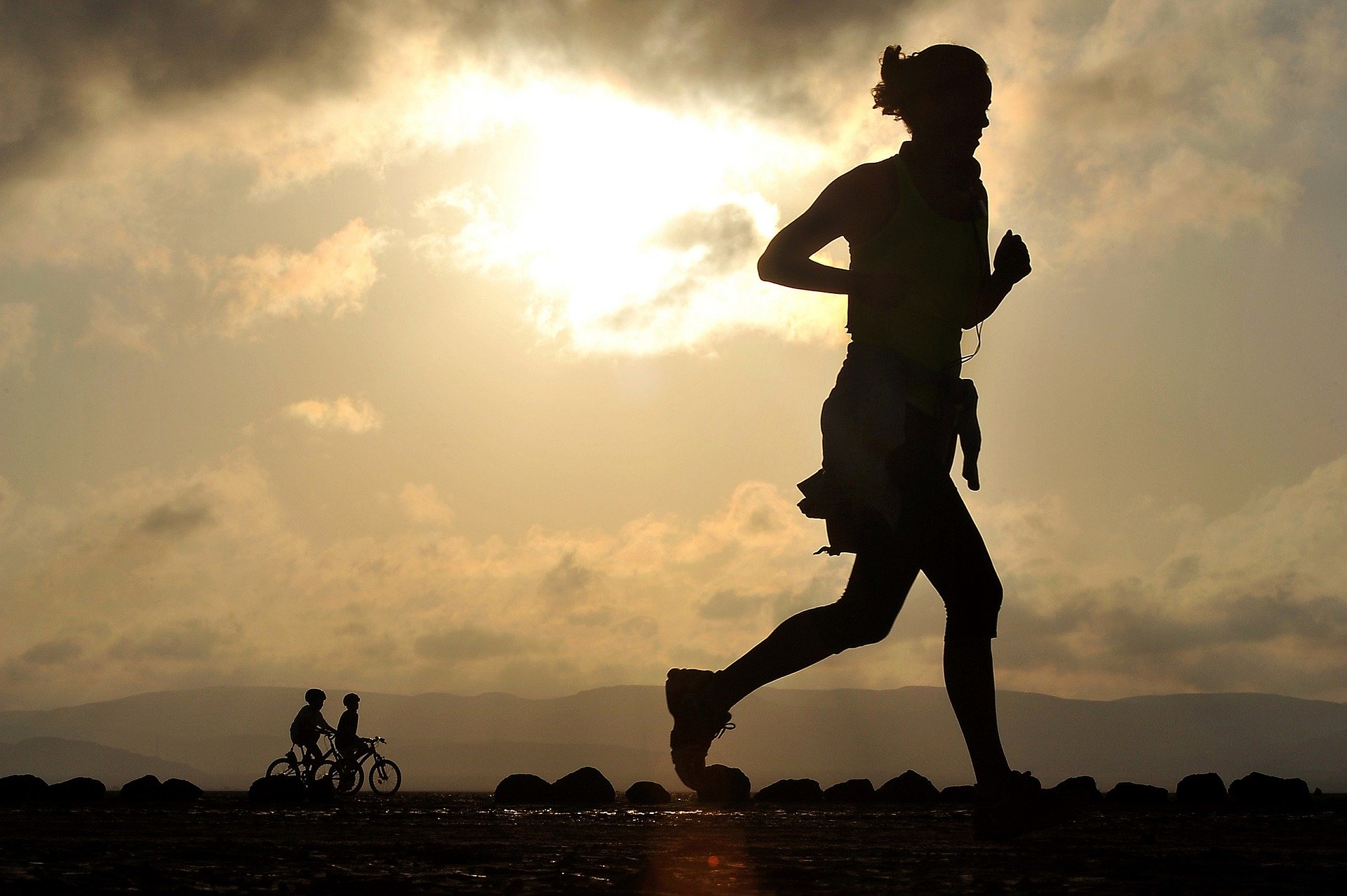Four Aspects of Body Image and How It Affects Eating Disorders
The way a person conceptualizes their body image will have a major impact on their mental and physical health. In this article, we’re going to explore how the four aspects of body image can shape eating disorder outcomes.
Four Aspects of Body Image
In academic disciplines, the concept of body image has been divided into four different categories. Keep reading for a quick breakdown of each of the four key aspects of body image.
1. Perceptual Body Image
As the name suggests, perceptual body image refers to the way you perceive your body weight, body shape, and body features. Unfortunately, our perceptual body image is often an imprecise way of viewing and representing our bodies. For instance, a person with body dysmorphia may incorrectly perceive both underweight and perfectly healthy body shapes as grossly overweight.
2. Affective Body Image
Affective body image is an umbrella term for the ways in which people understand and feel about their bodies. Broadly speaking, effective body image is usually composed of a collection of satisfied or dissatisfied feelings regarding body weight, body shape, individual areas of the body, and distinguishing physical features.
3. Cognitive Body Image
Cognitive body image relates to how a person thinks about their body. In comparison to feelings, a person’s thoughts tend to be more clearly articulated and grounded in some form of reasoning (rational or otherwise). In some cases, negative cognitive body image can cause a person to obsess about achieving a particular weight or body shape. Two of the most common preoccupations in the study of cognitive body image are losing weight to become thinner or getting stronger to become more muscular.
4. Behavioral Body Image
Behavioral body image encompasses real-life behaviors that are motivated by body image. For instance, if a person is not happy with their body shape, they may begin employing a range of specific behaviors in order to change their body shape (e.g. dieting, exercising, or disordered eating).
How Do the Aspects of Body Image Affect Eating Disorders?
Each of the four body image aspects listed above can have a negative or positive influence on a person’s chances of developing an eating disorder. For instance, people with a positive body image are generally more likely to accept or even enjoy changes in their body weight or shape, thereby reducing their chance of developing an eating disorder.
In contrast, people with a negative body image are more likely to experience high levels of self-criticism and body dissatisfaction, two traits that correlate with the development of several disordered eating behaviors.
Sources: National Eating Disorder Collaboration, Eating Disorder Hope
Photo: Pexels
More Articles
More Articles
More Articles
There is currently no approved drug for anorexia nervosa, a common and occasionally fatal eating disorder. Research showed that low doses of a...
In the past, eating disorders were primarily considered to be behavior. This overly-simplistic misunderstanding of the issue only created more...
Sudden light-headedness can be a frightening experience for anyone, particularly if you are unsure of the cause. For many, experiencing occasional...
Maintaining a balanced diet not only keeps our body functioning at its best, it also keeps our skin, hair, and nails looking bright and healthy....
Researchers are closer to finding the genetic cause for binge eating and might be getting closer to an effective treatment. “Based upon our...
More Articles
More Articles
There is currently no approved drug for anorexia nervosa, a common and occasionally fatal eating disorder. Research showed that low doses of a...
In the past, eating disorders were primarily considered to be behavior. This overly-simplistic misunderstanding of the issue only created more...
Sudden light-headedness can be a frightening experience for anyone, particularly if you are unsure of the cause. For many, experiencing occasional...
Maintaining a balanced diet not only keeps our body functioning at its best, it also keeps our skin, hair, and nails looking bright and healthy....
Researchers are closer to finding the genetic cause for binge eating and might be getting closer to an effective treatment. “Based upon our...
When a person begins recovery treatment for anorexia nervosa, they may need to initiate a process known as refeeding. The refeeding process is a...
When a baby is in utero, they develop fine white hairs all over their body. These are known as lanugo hairs and they protect the baby’s skin from...
A new study published in the journal Pediatrics found more than 90 percent of patients with eating disorders not specifically defined (EDNOS) in...
Eating disorders might be hard to talk about, or even to admit to yourself. If you know, or if you even suspect, you have an eating disorder,...
If you suspect your child has an eating disorder, you may feel overwhelmed. There are a few things you should know upfront.
First and...
Eating disorders don't discriminate. They don't care if you're rich or poor, they don't care about your color or gender, and they don't care if...
In the U.S., an estimated one in 200 people develop an eating disorder. That is a startling number, but another number is even more alarming: one...
A lot of what people know about eating disorders comes from "common knowledge." Unfortunately, common knowledge isn't always correct, or it may...
Anorexia is a serious eating disorder that is characterized by an intense fear of gaining weight. In many cases, people suffering from this...
Most people find holidays stressful, but the thought of facing holidays can be overwhelming for a person with an eating disorder. If a special day...
































